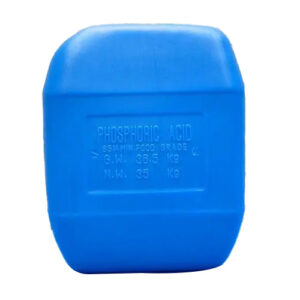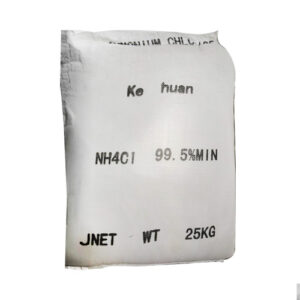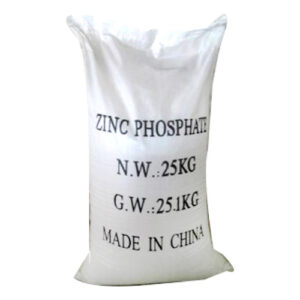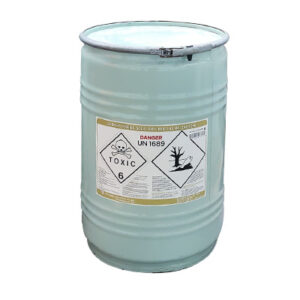Chemical formula: CH3COOH
Chemical name: Acetic acid
Origin: Korea
Specification: 30 kg/can
Physical properties:
Acetic acid is a colorless liquid; it is flammable, and at temperatures warmer than 39 °C. Acetic acid is considered a volatile organic compound of pollutants.
Chemical properties:
Acetic acid is a weak acid, concentrated CH3COOH is corrosive, and attacks the skin.
Acetic acid is the simplest carboxylic acid. It is a chemical reagent and industrial chemical, mainly
In addition, liquid acetic acid is a wetting protic solvent (polar molecule), similar to ethanol and water.
Because acetic acid can corrode metals such as iron, manganese and zinc, producing hydrogen gas and corresponding metal salts called acetates. Aluminium, when exposed to oxygen, forms a thin film of aluminium oxide on its surface, making it relatively resistant to acid corrosion, which allows aluminium containers to be used to transport acetic acid.
Acetic acid can be recognized by its characteristic odor. The color change reaction of acetic acid salts is due to the action of iron(III) chloride solution, which produces a deep red color after acidification.
Applications of acetic acid:
– Mainly vinyl acetate monomer production. This application consumes about 40% to 45% of the world’s acetic acid production.
– CH3COOH as solvent
Glacial acetic acid is a good polar protic solvent as mentioned above. It is commonly used as a solvent
In 2006, about 20% of acetic acid was used to produce TPA.
– Glacial acetic acid is used in analytical chemistry to estimate weakly alkaline substances such as organic amides.
– Dilute acetic acid is also used to create mild acidity.
– Acetic acid is used as a descaling agent for taps and kettles.
– Dilute glacial CH3COOH solutions can be used in clinical laboratories for the dissolution of
– Acetic acid is used in the textile dyeing, rubber, and plating chemical industries.







Reviews
There are no reviews yet.